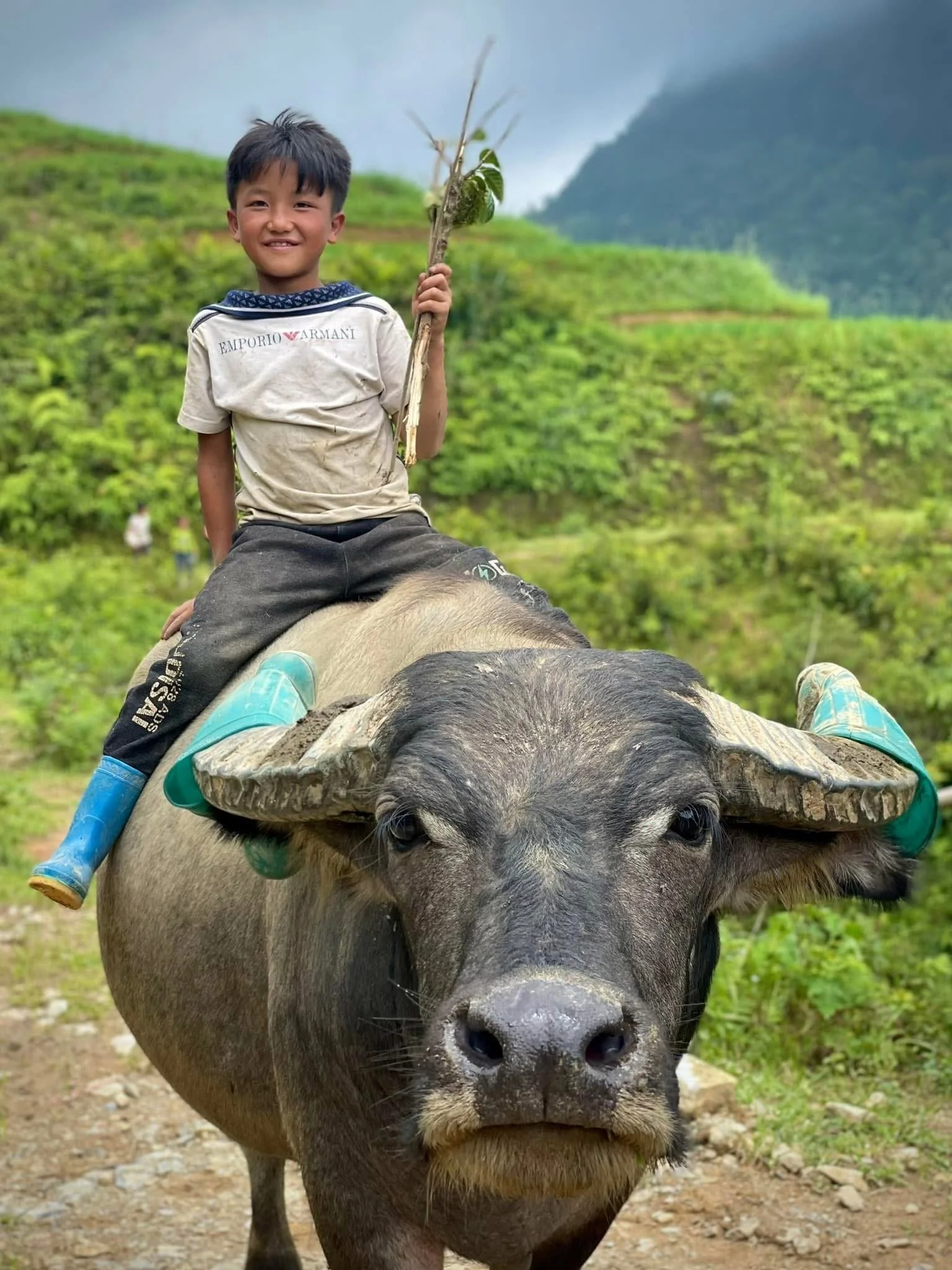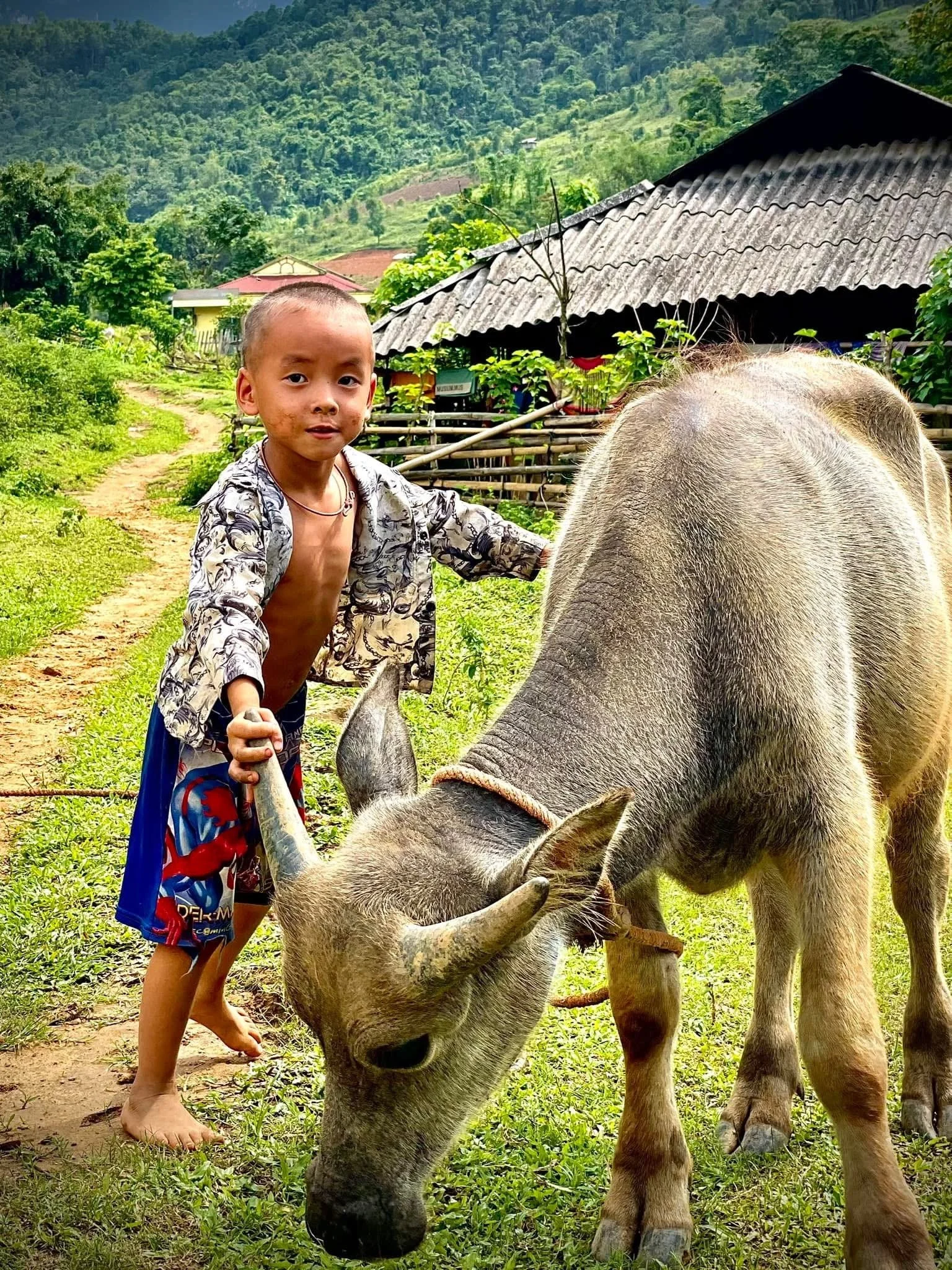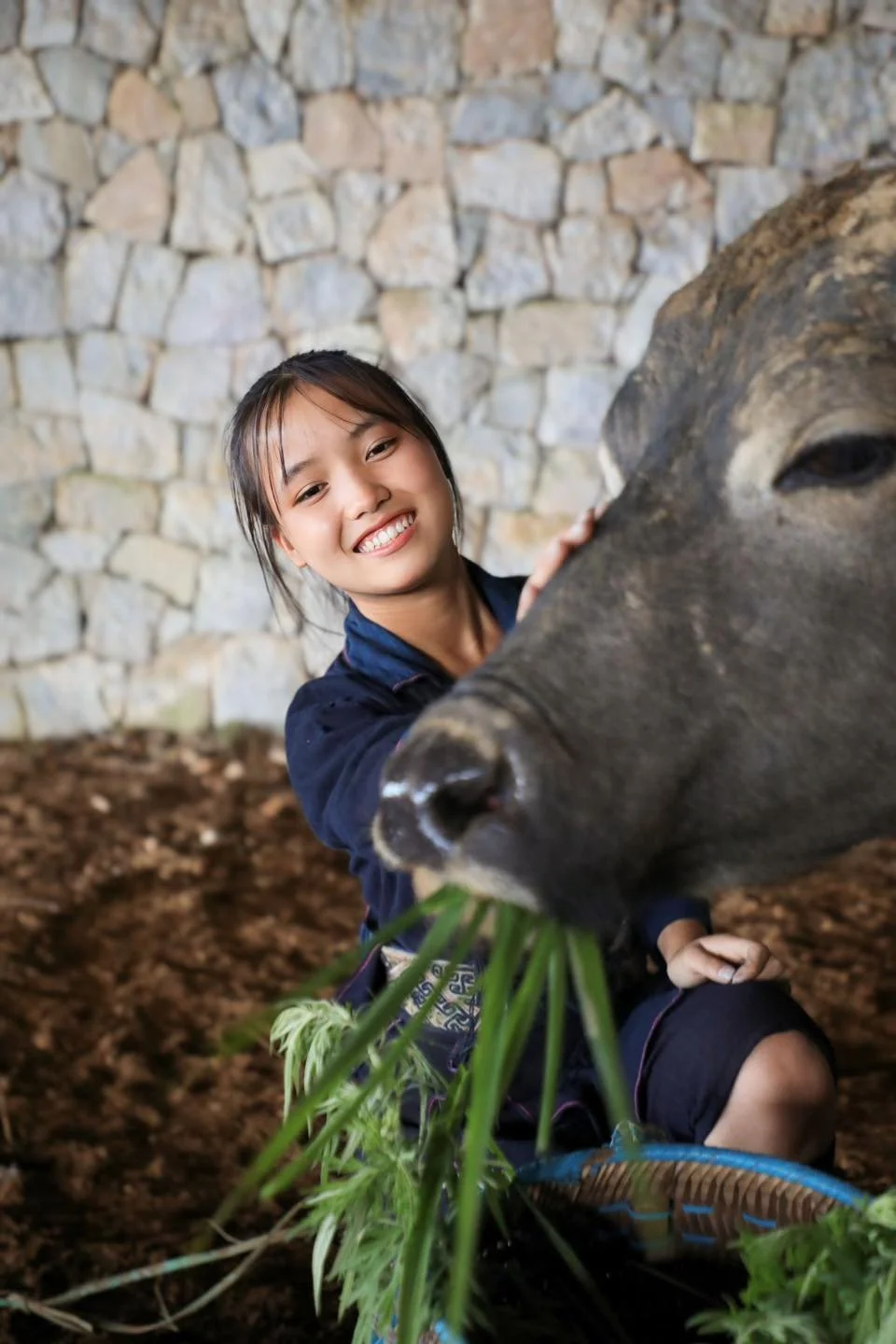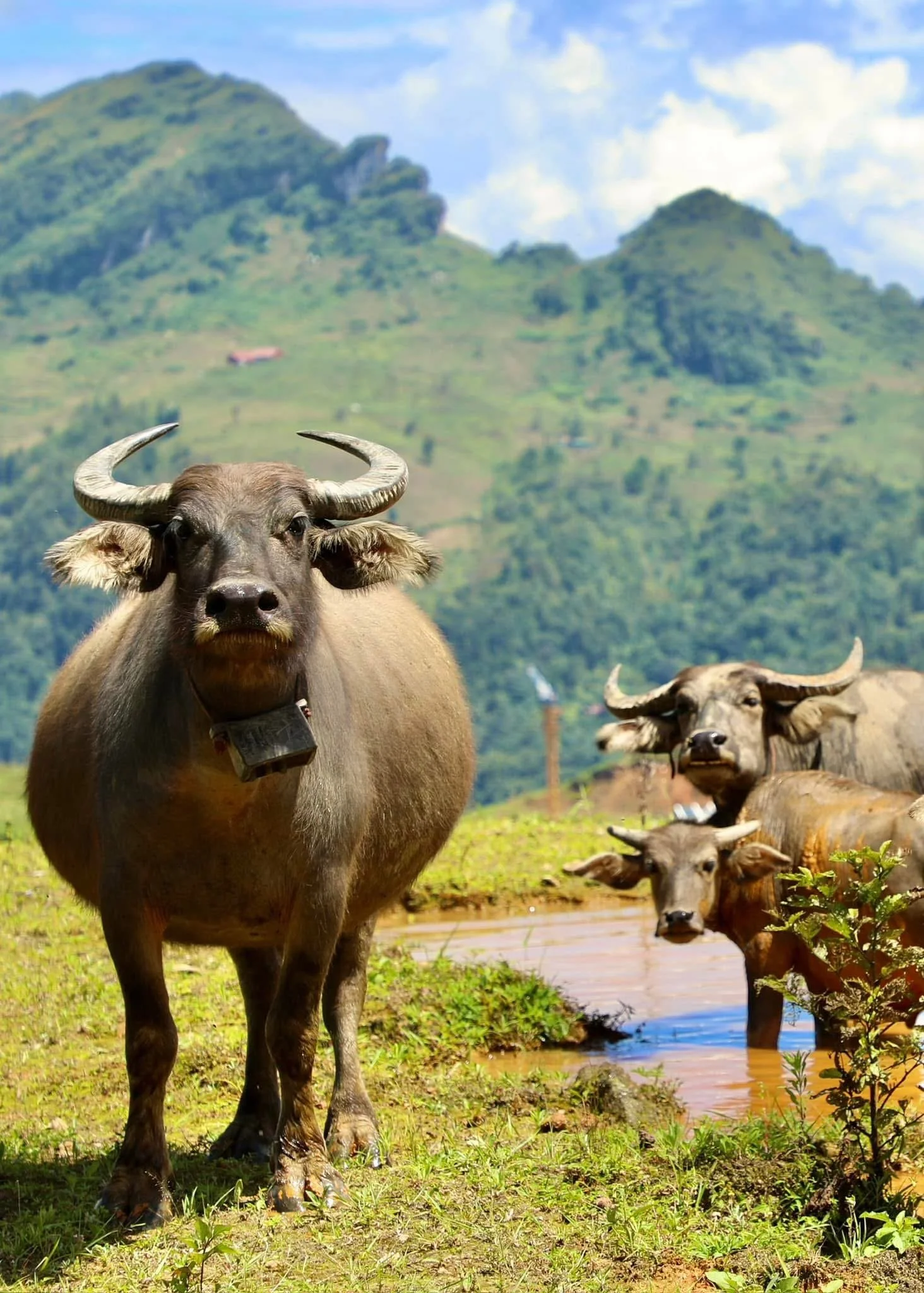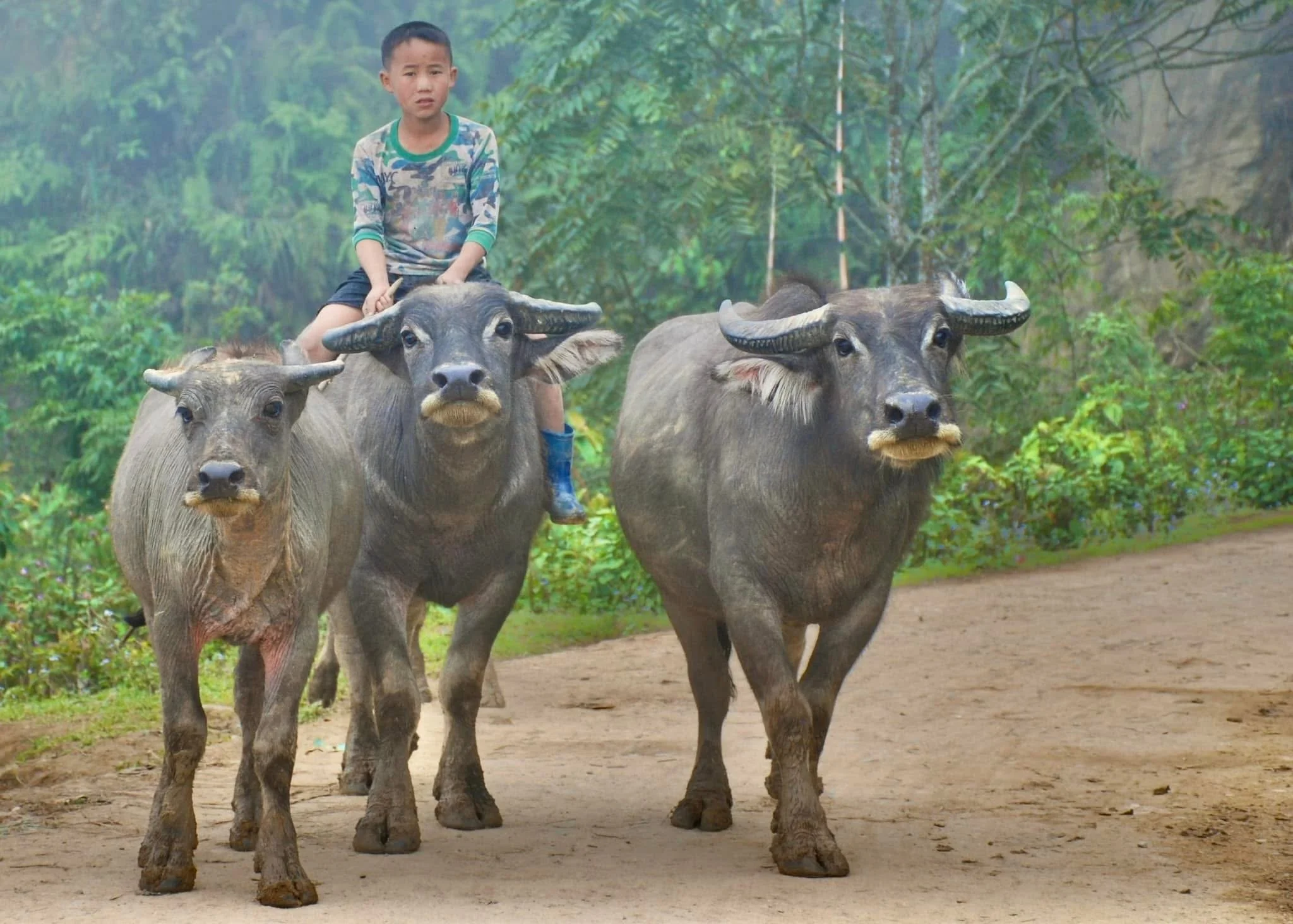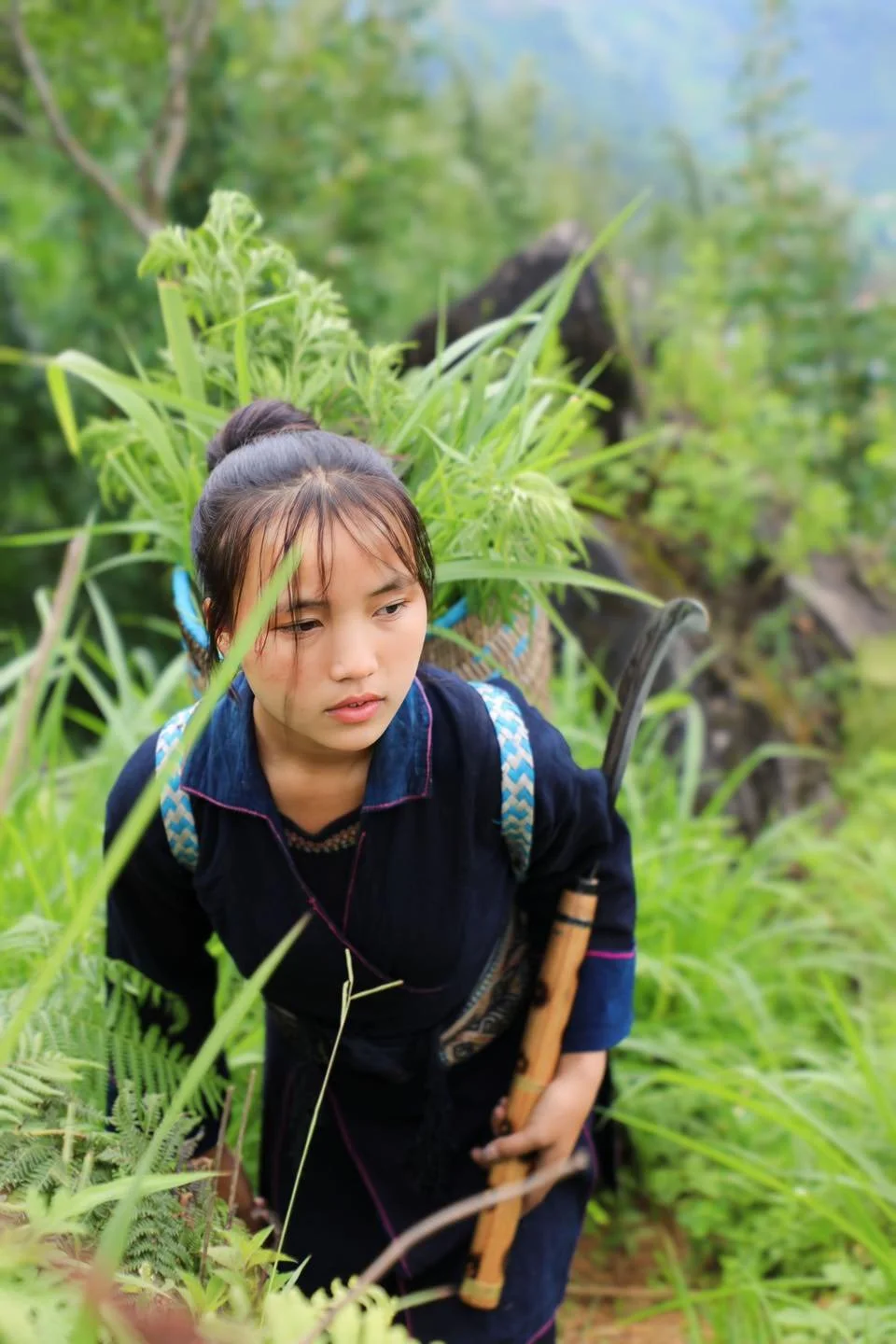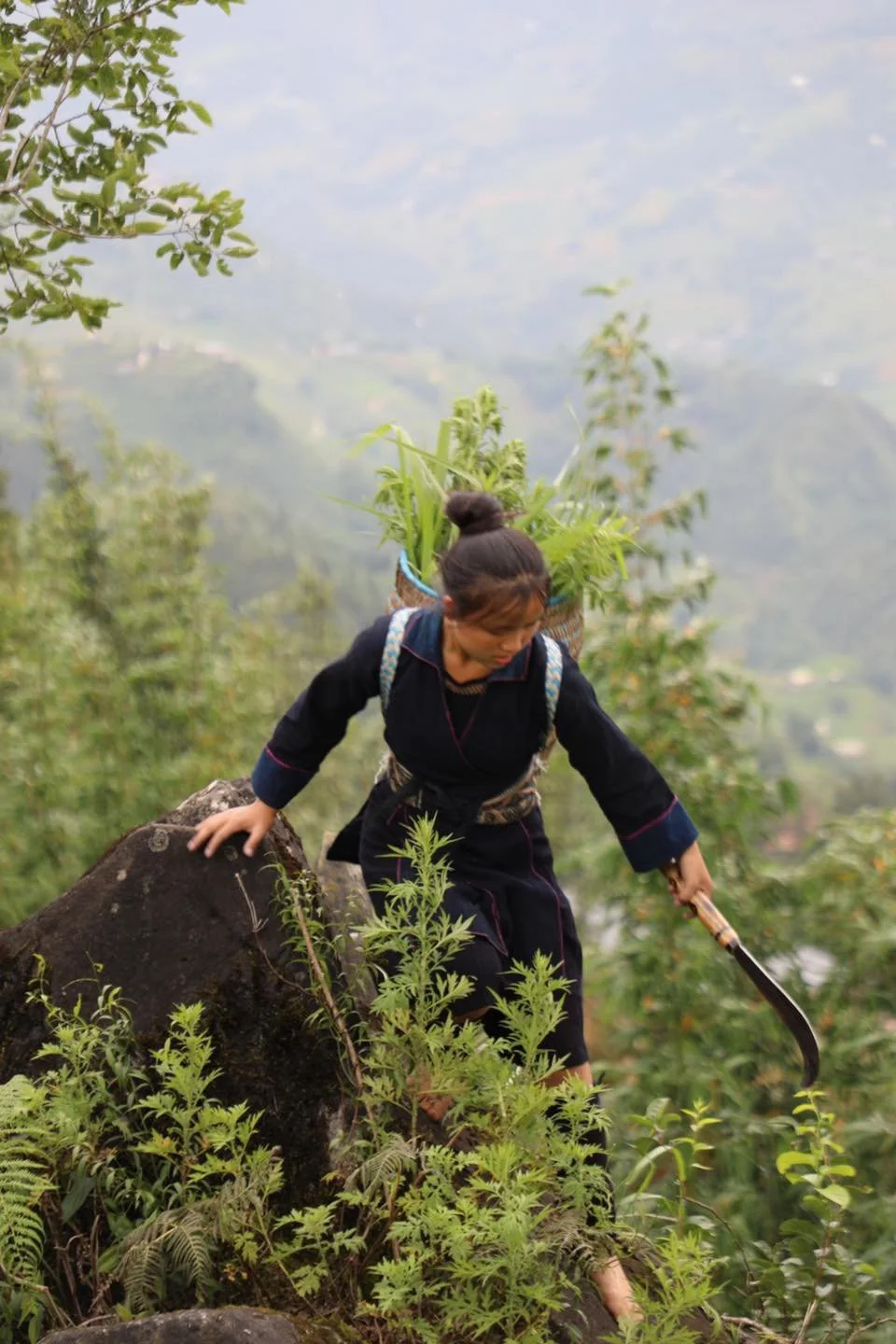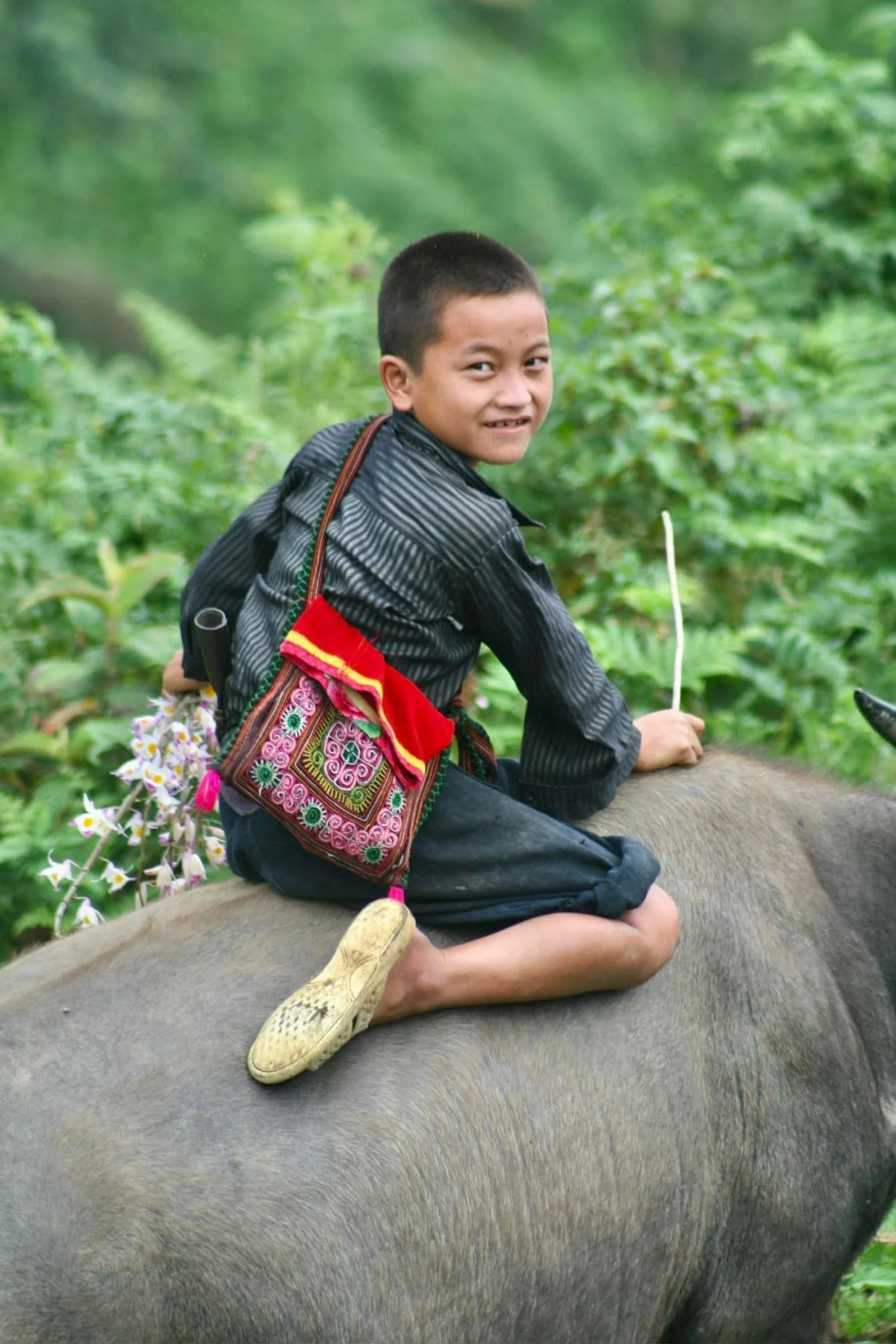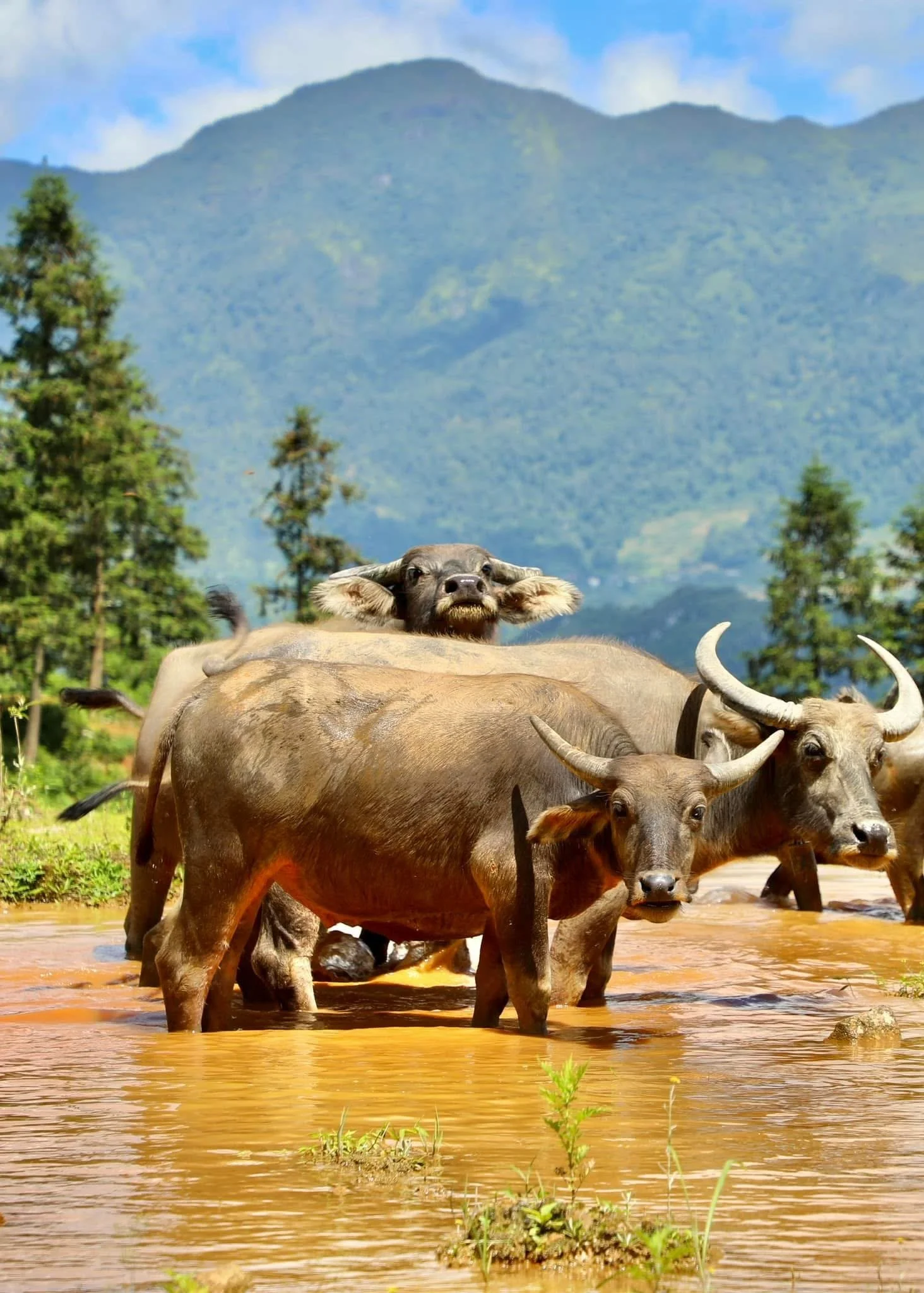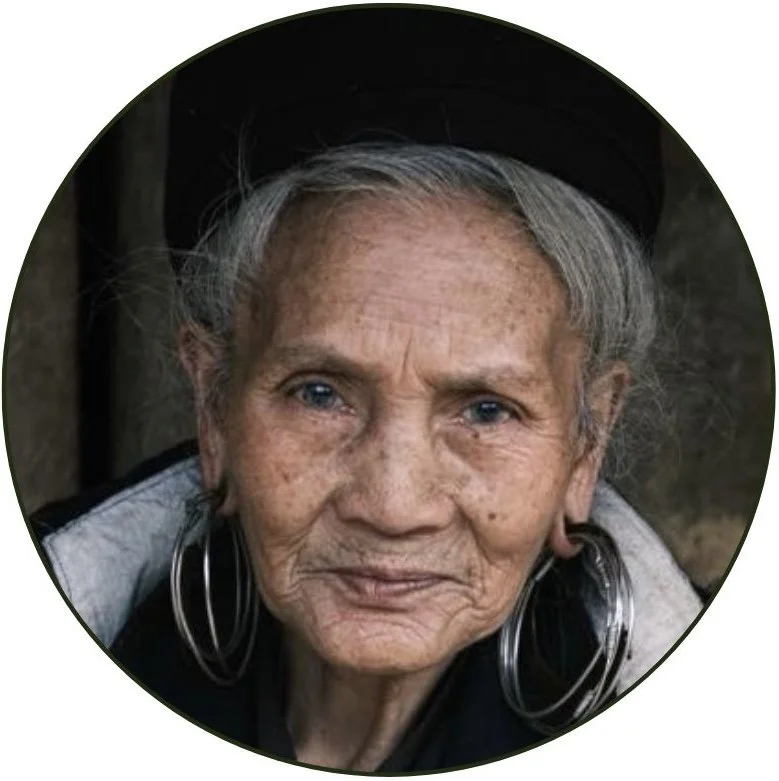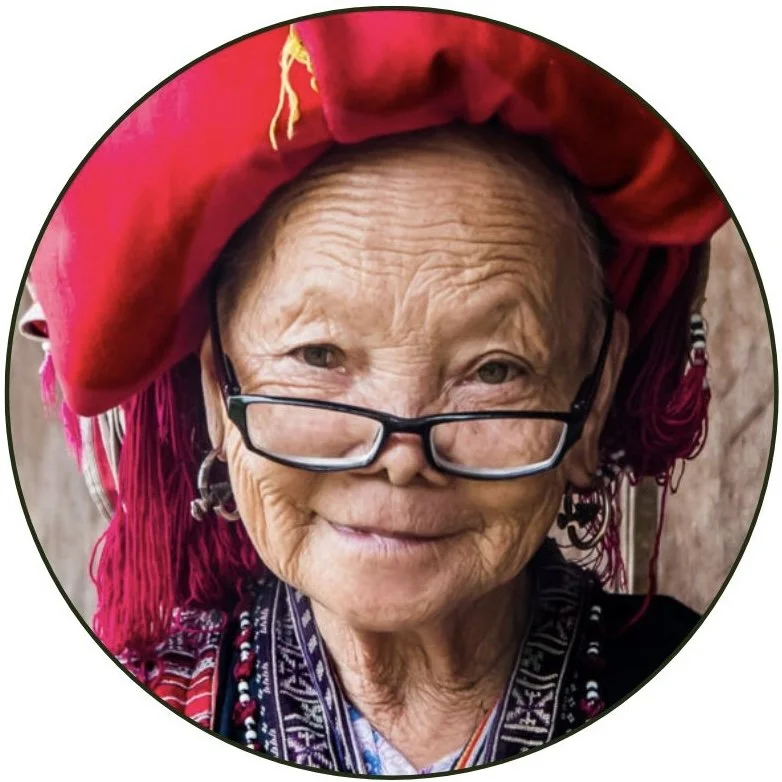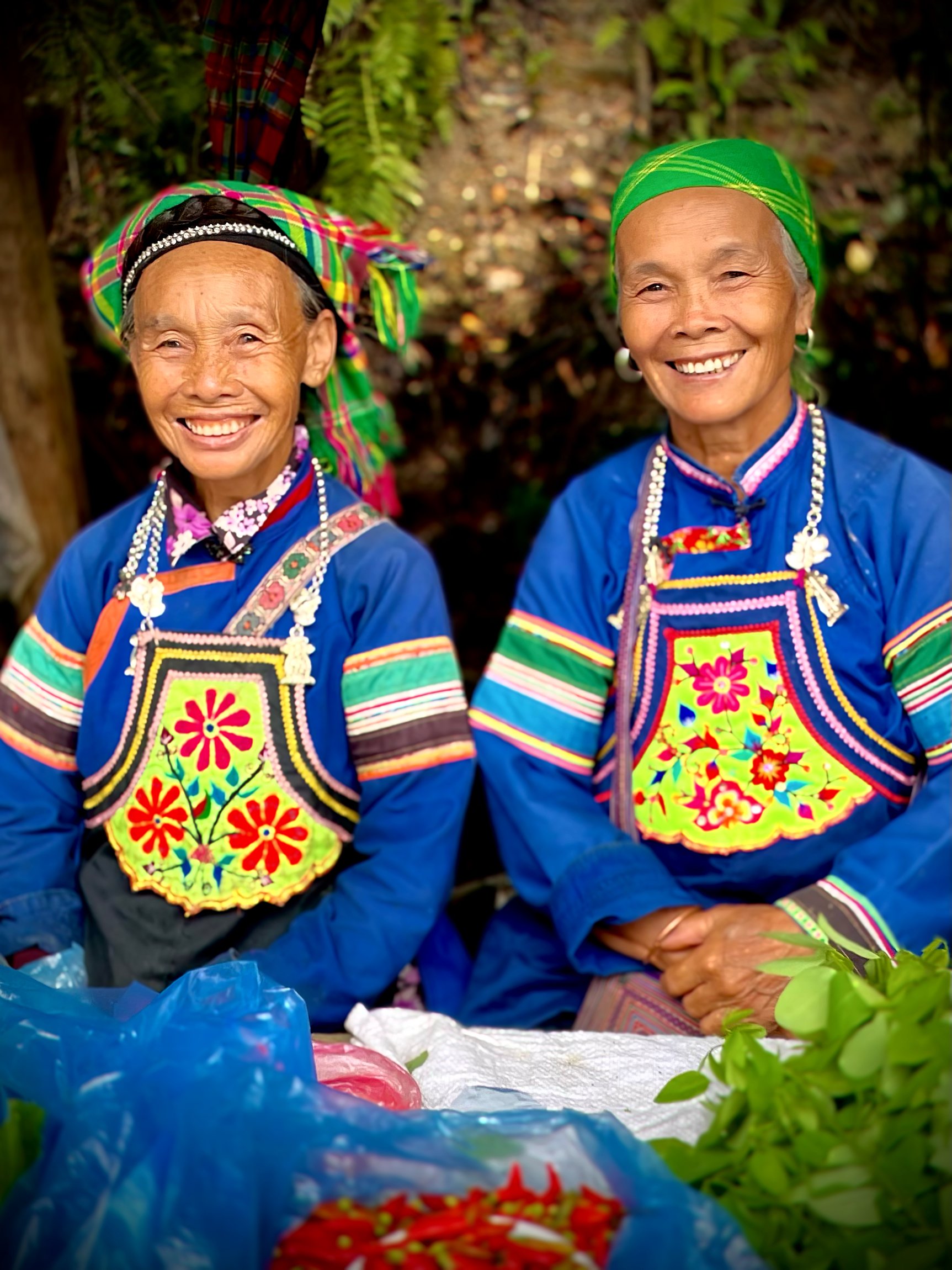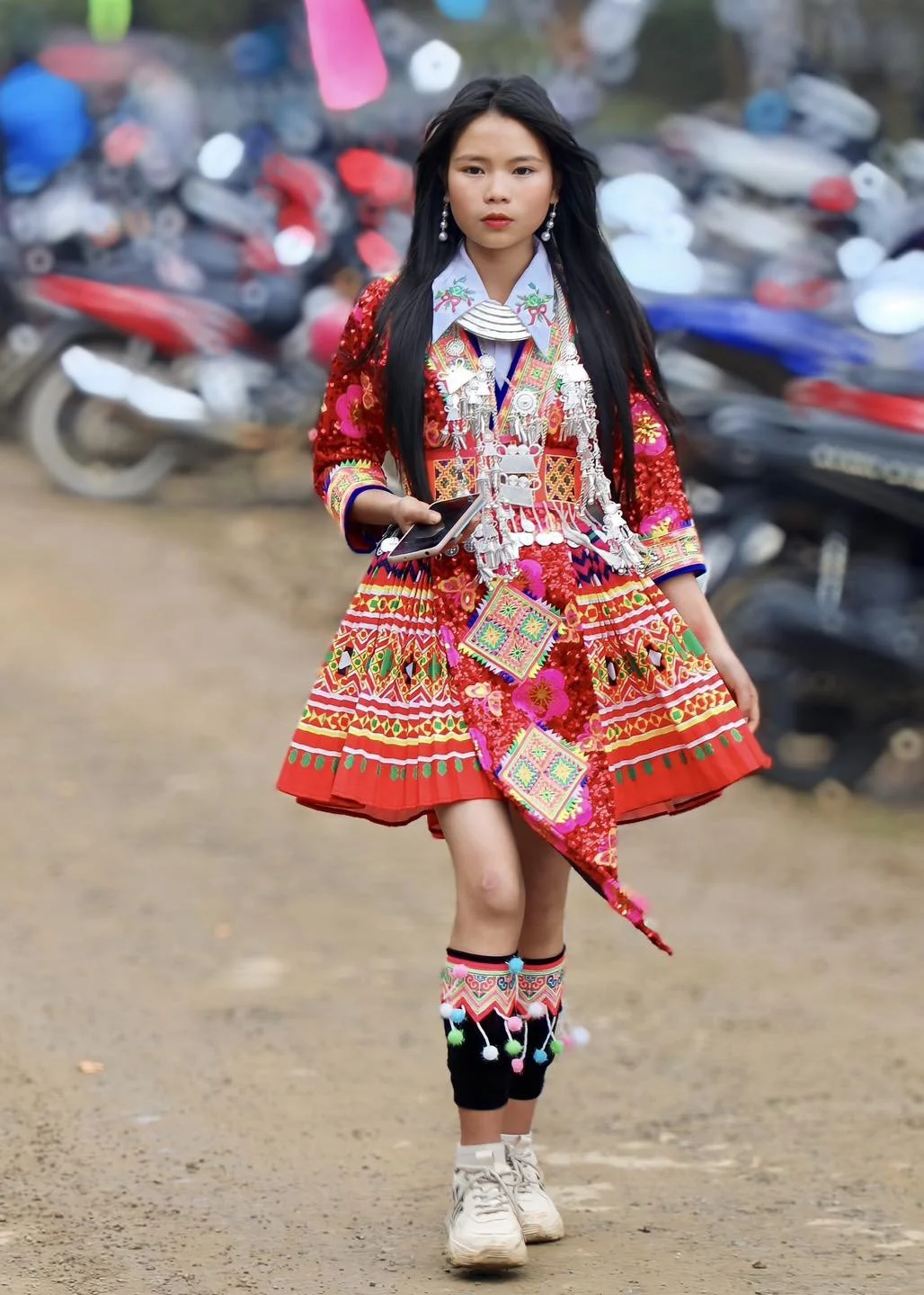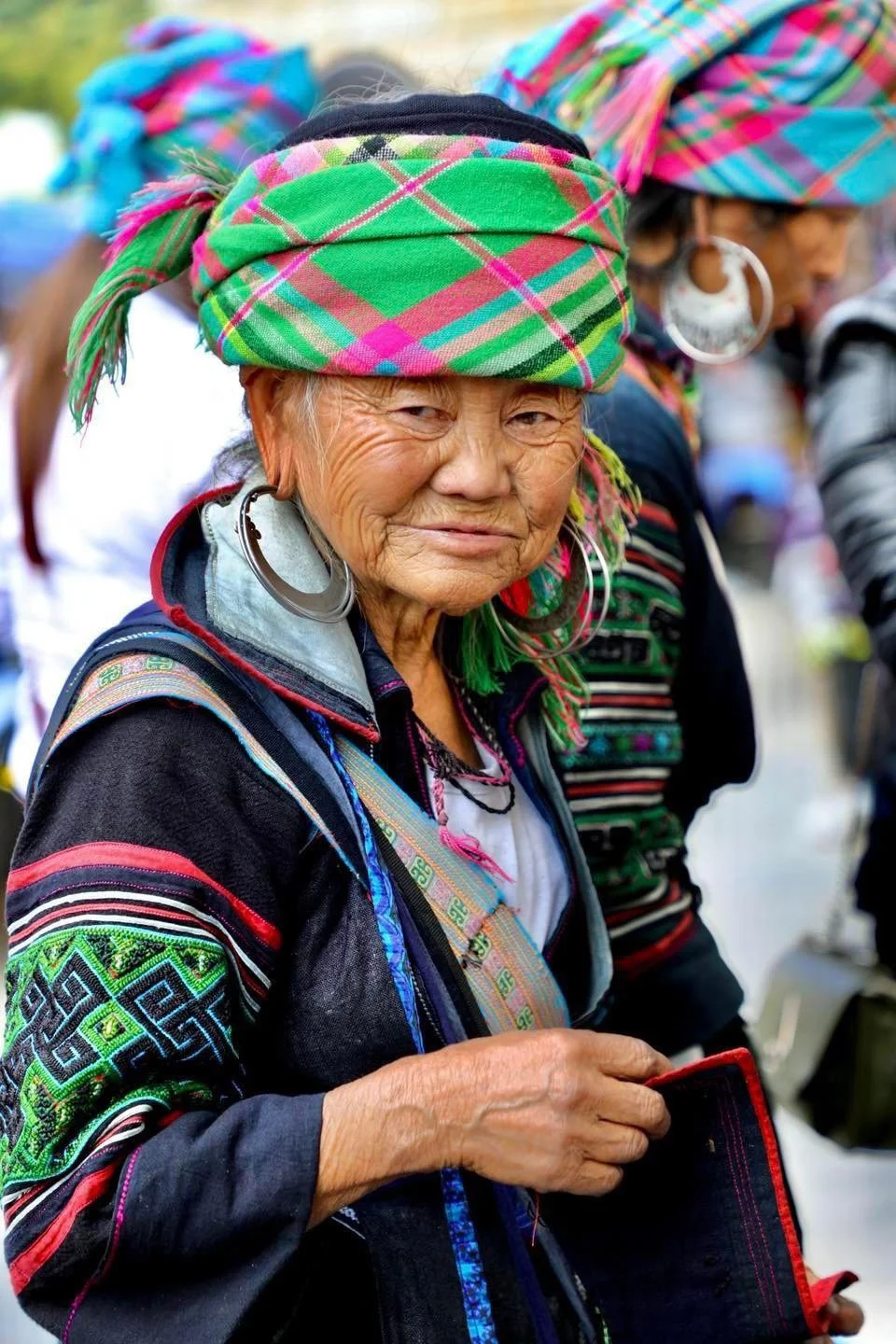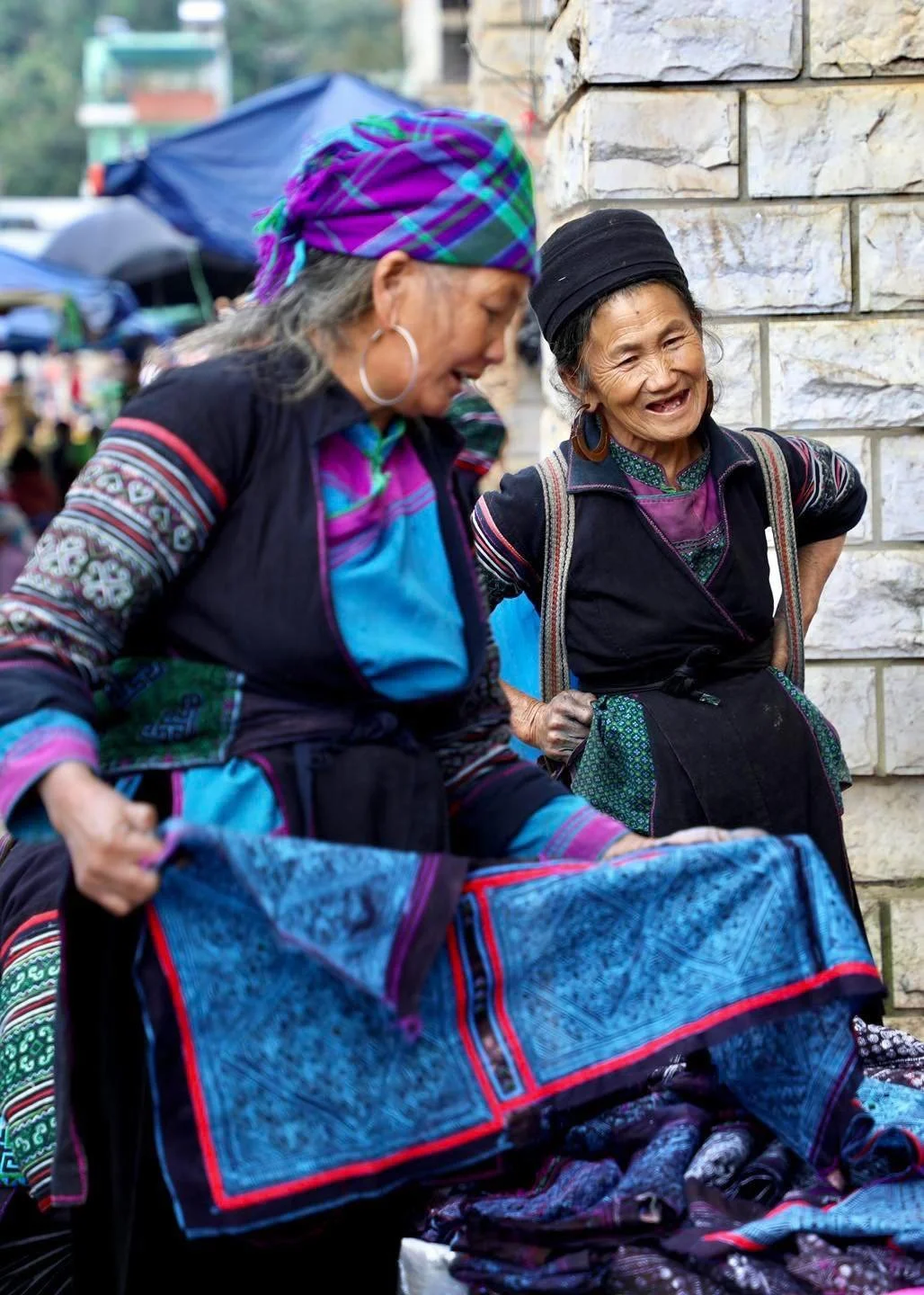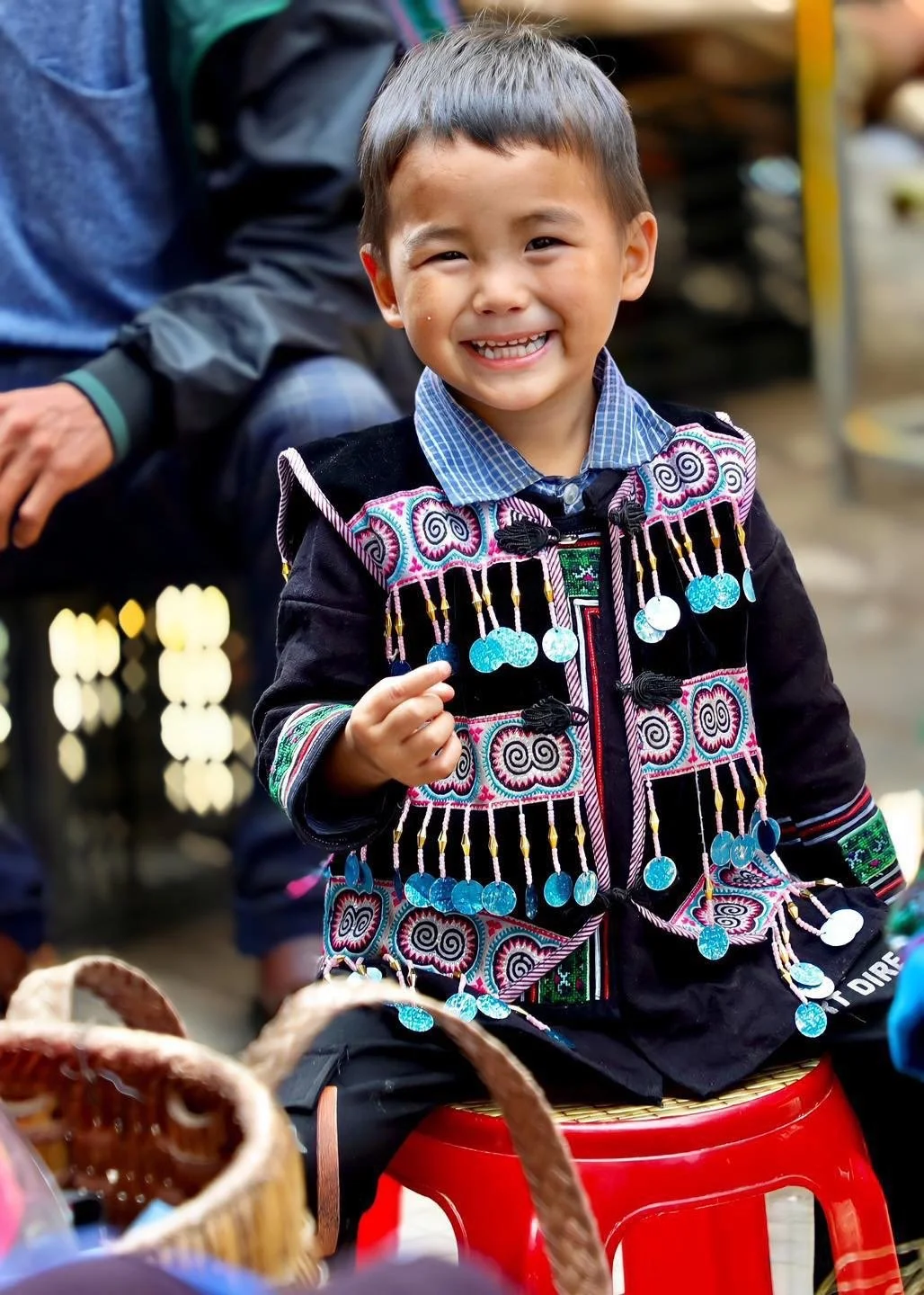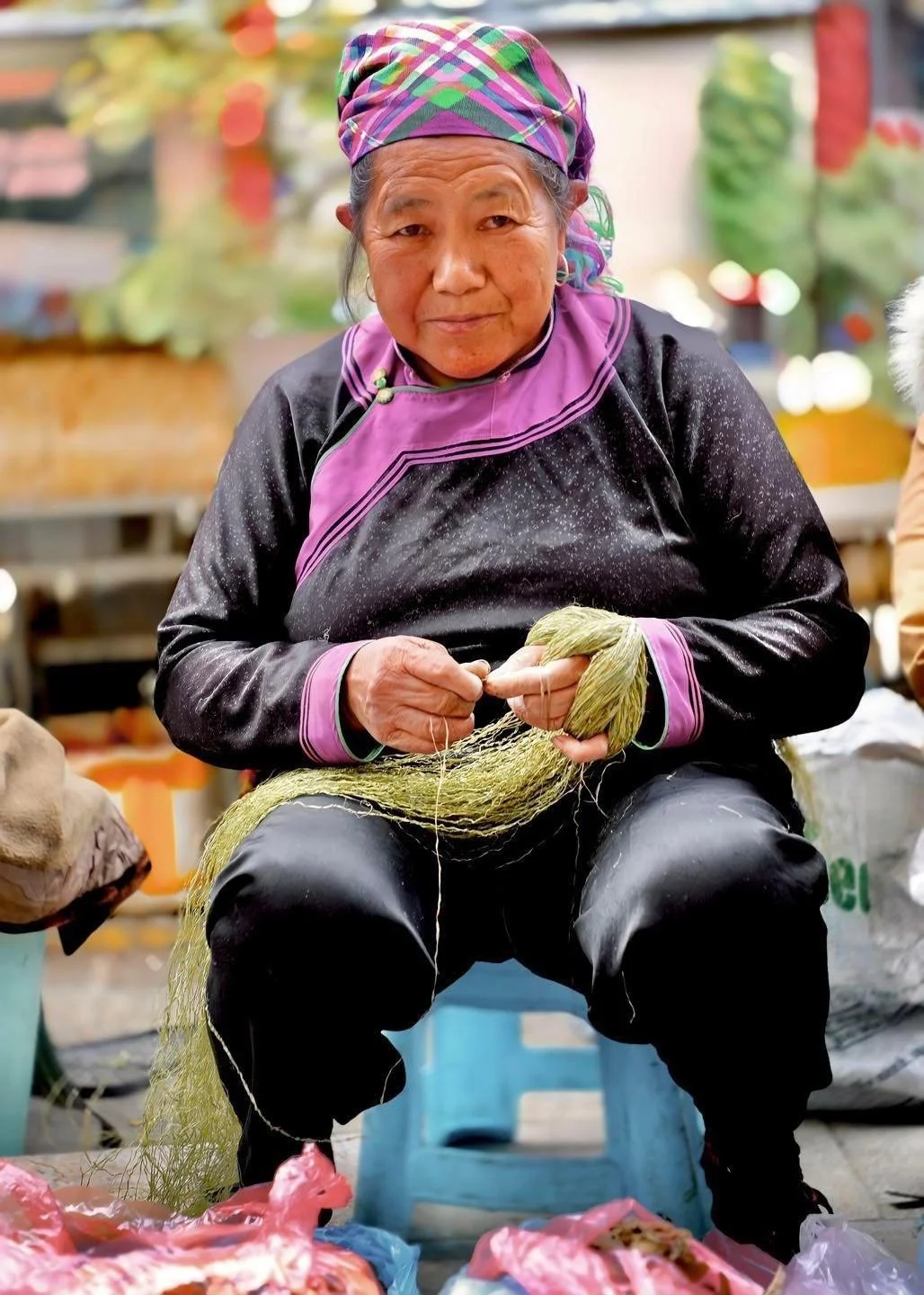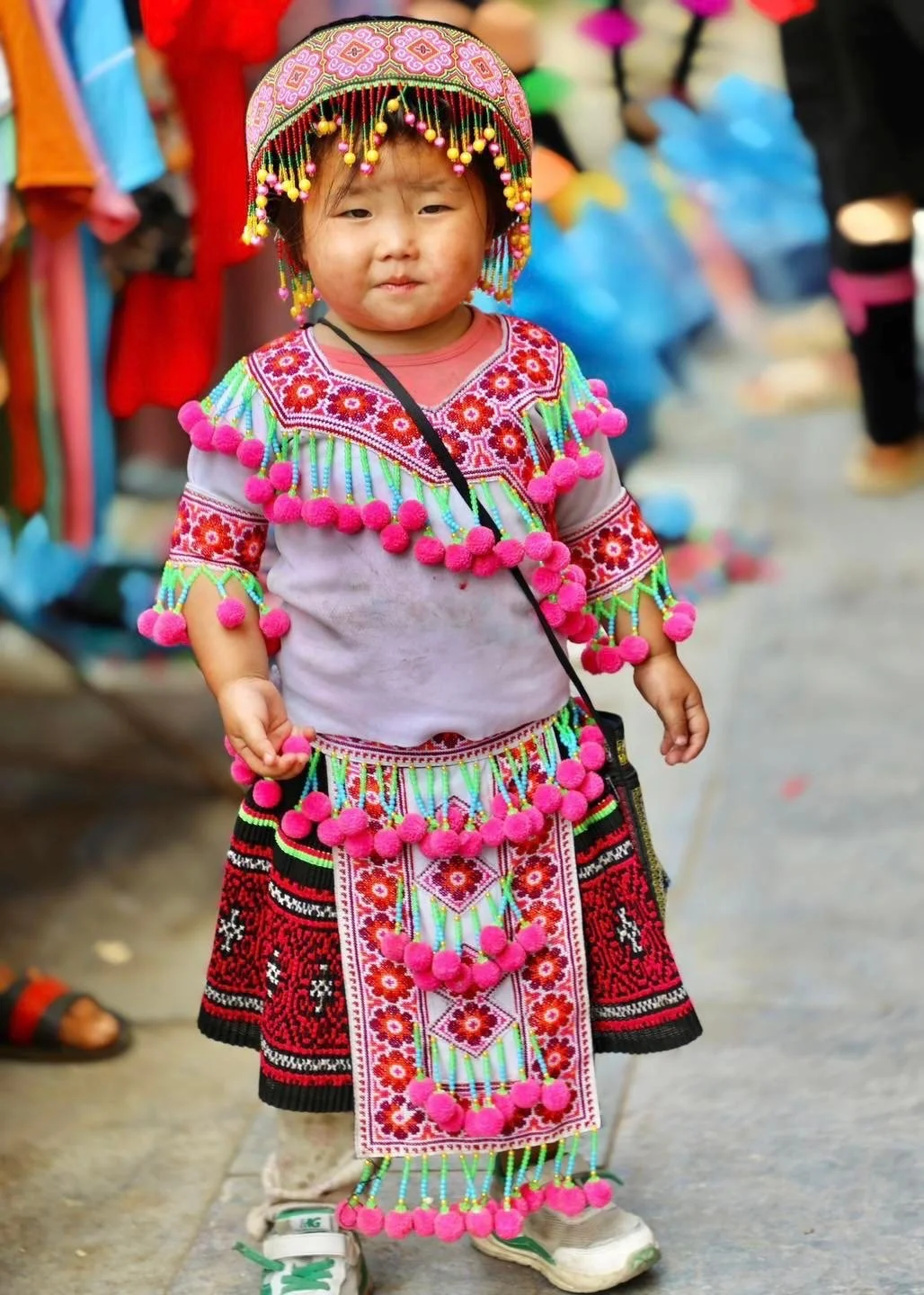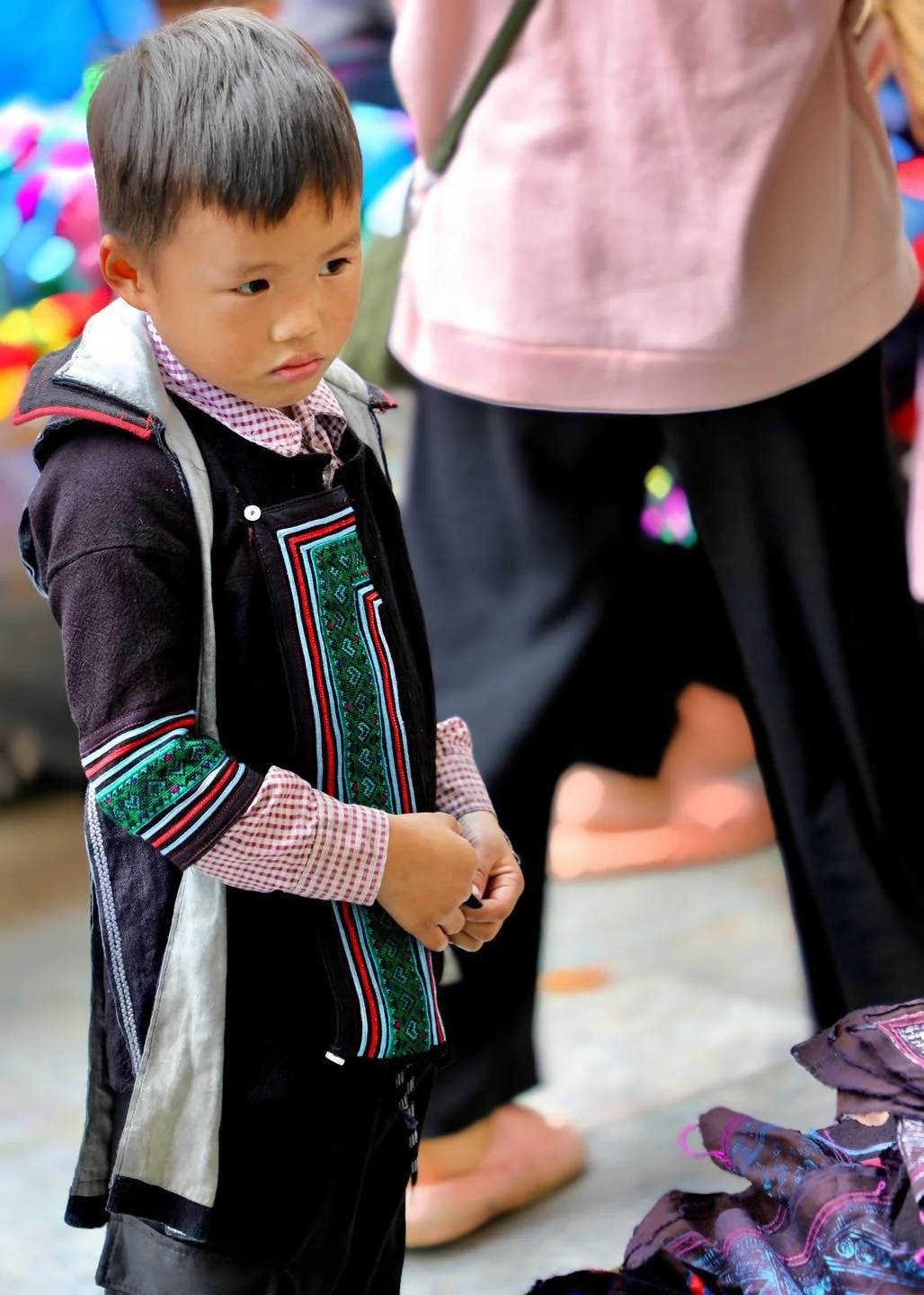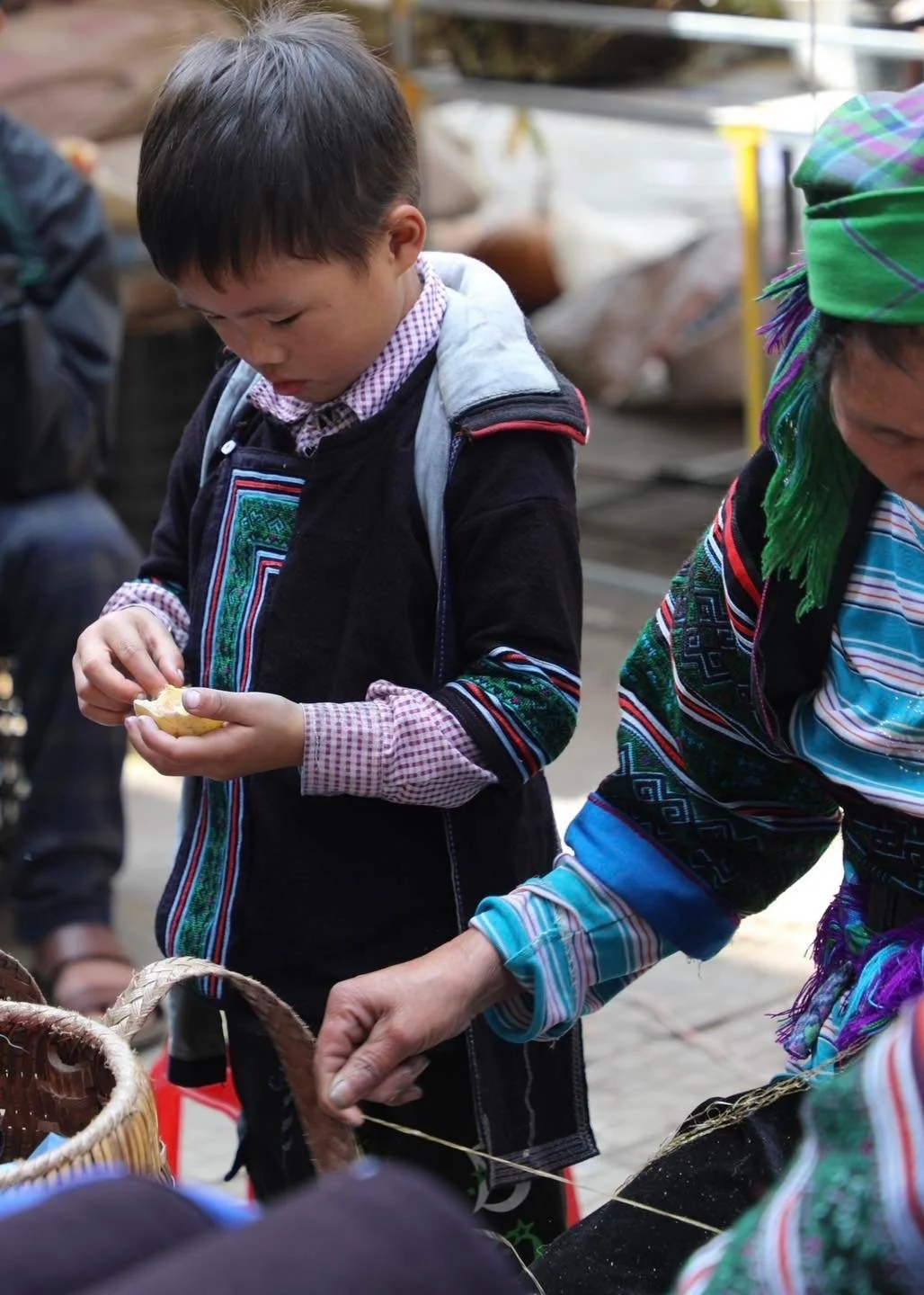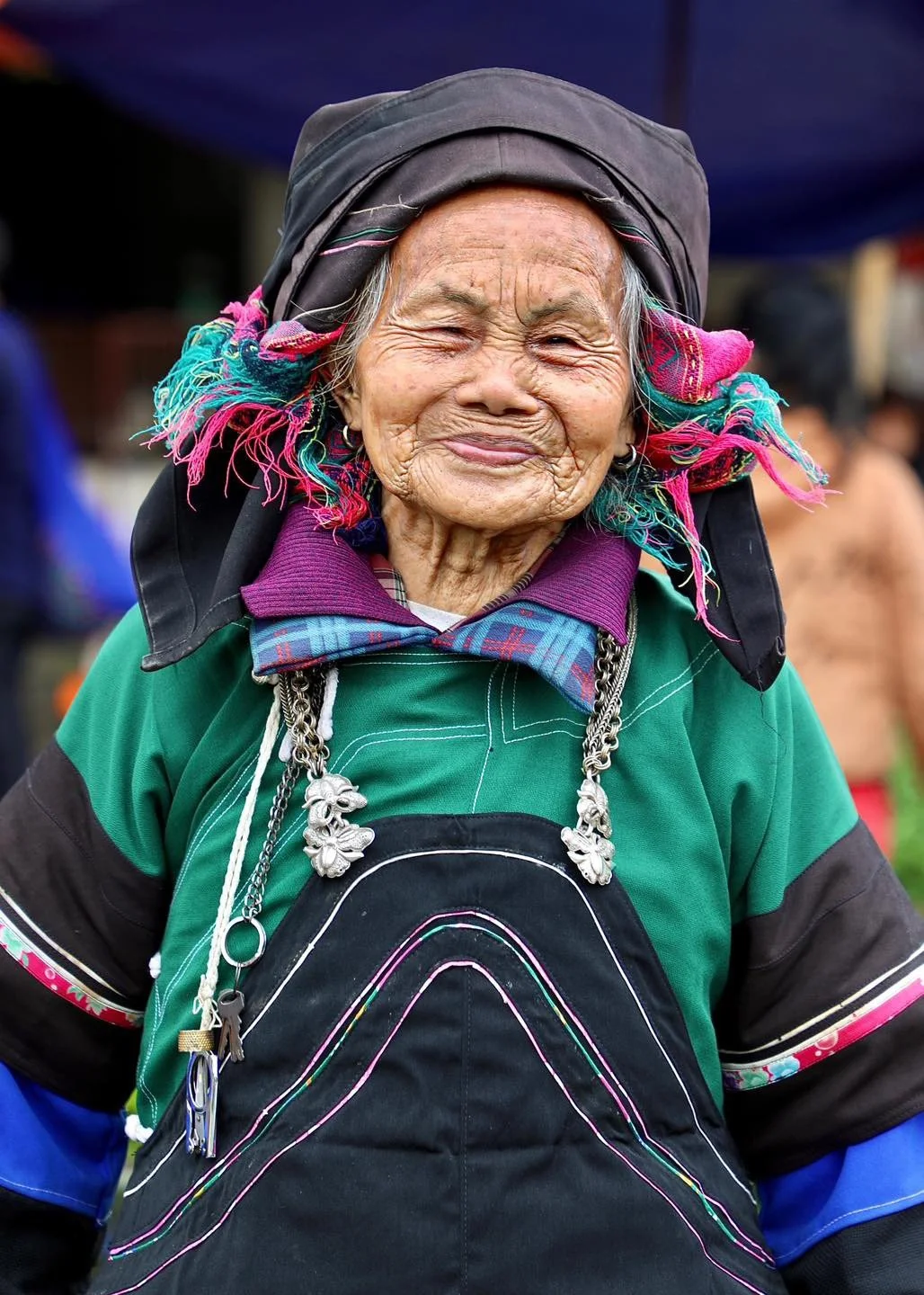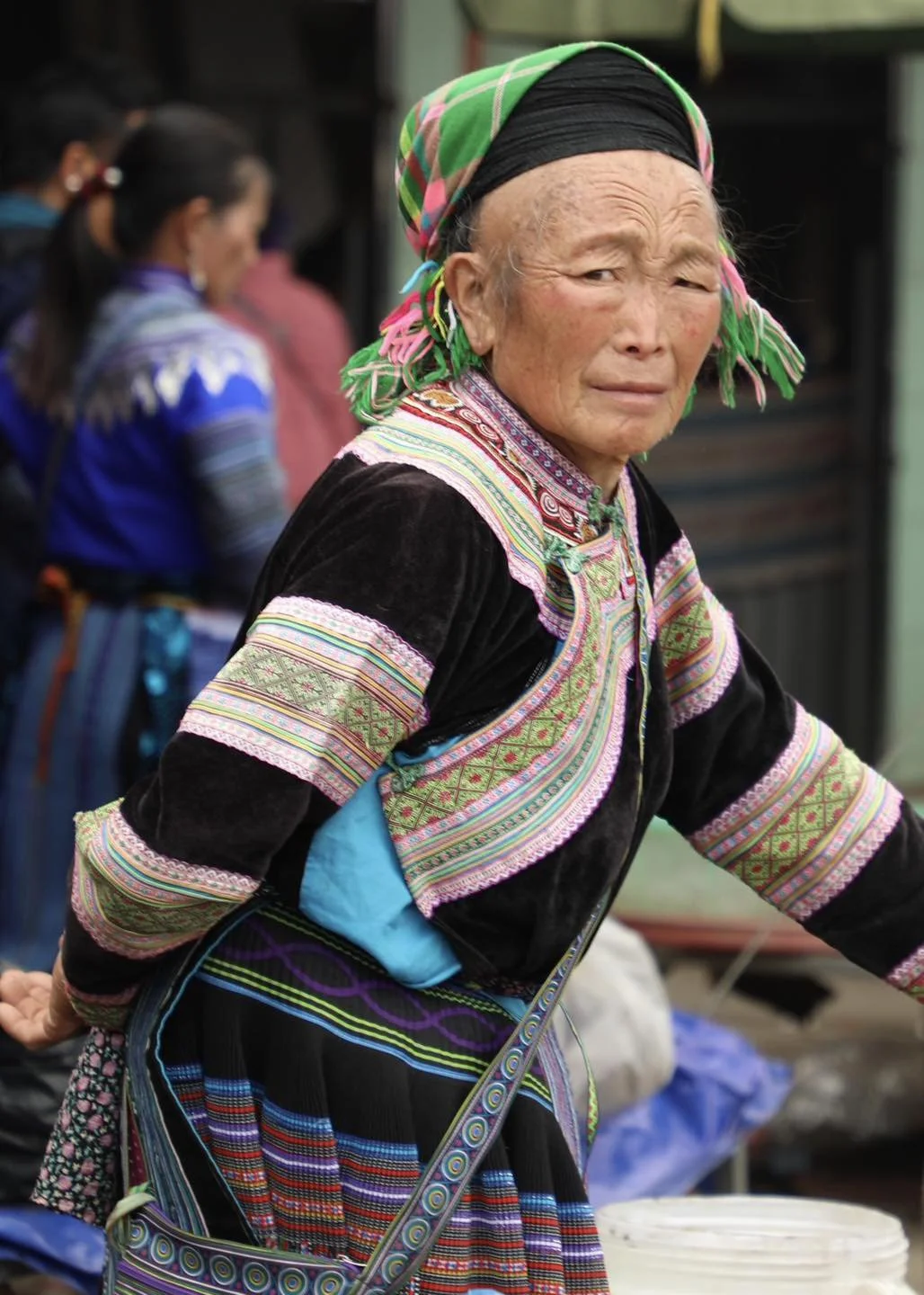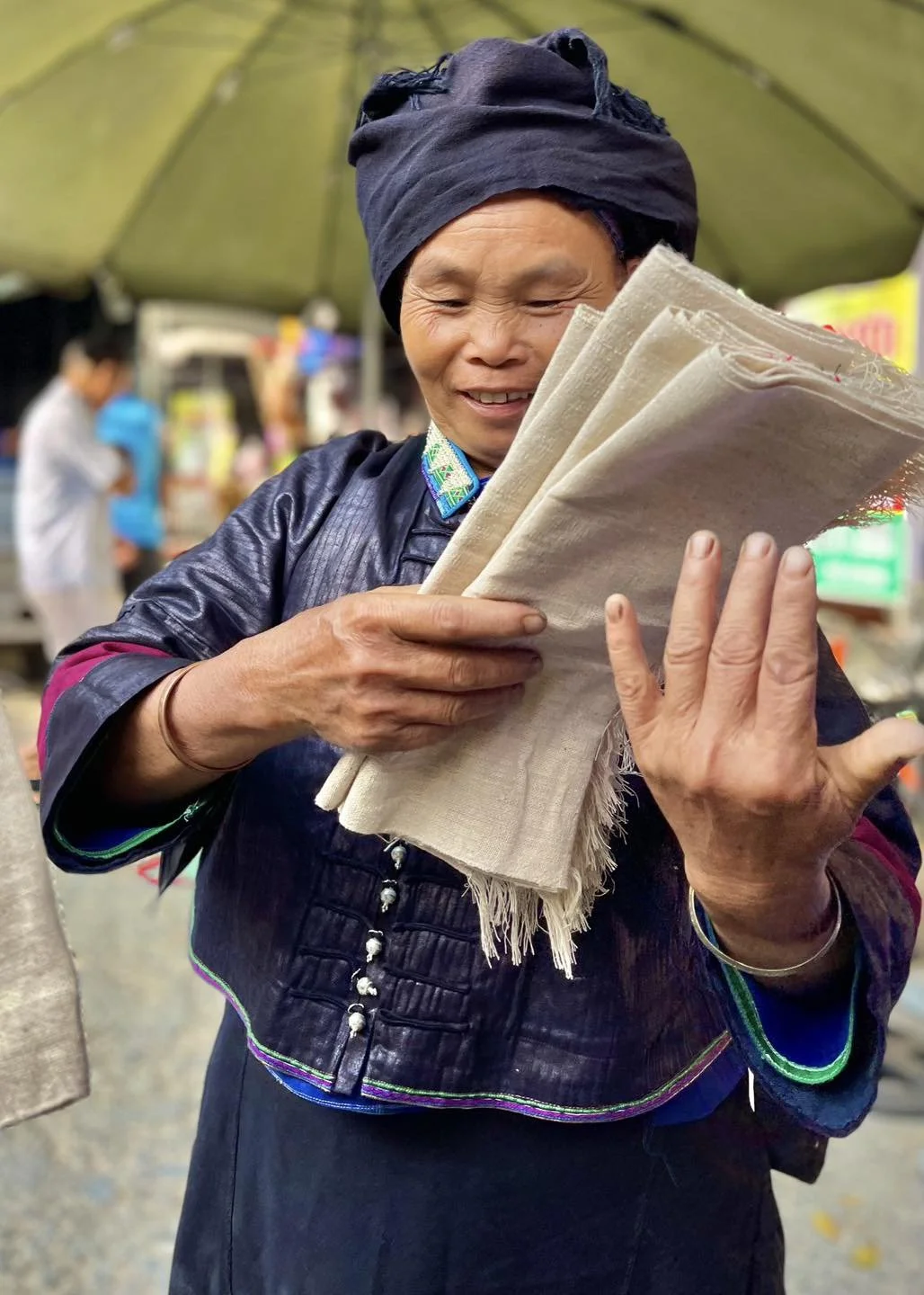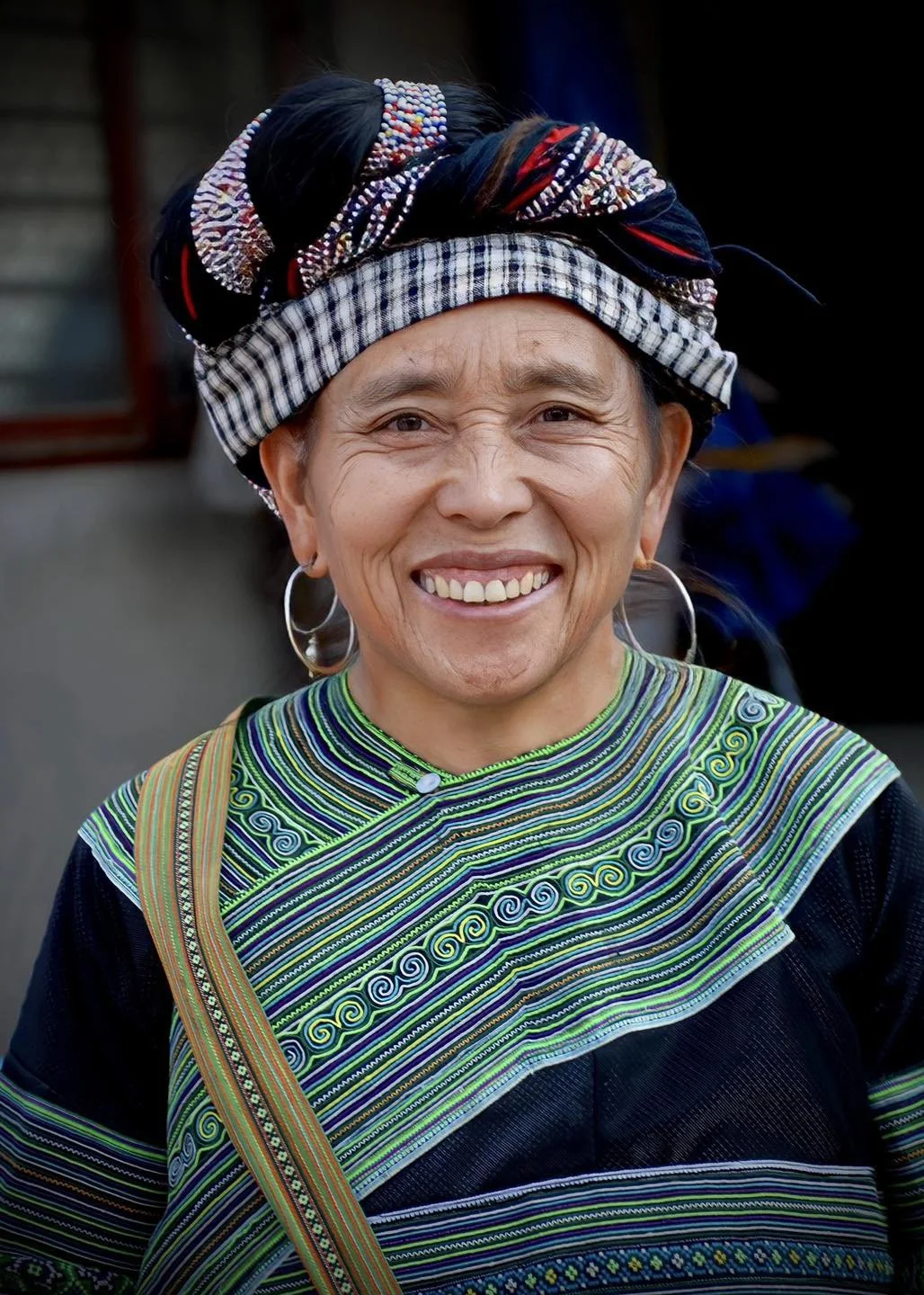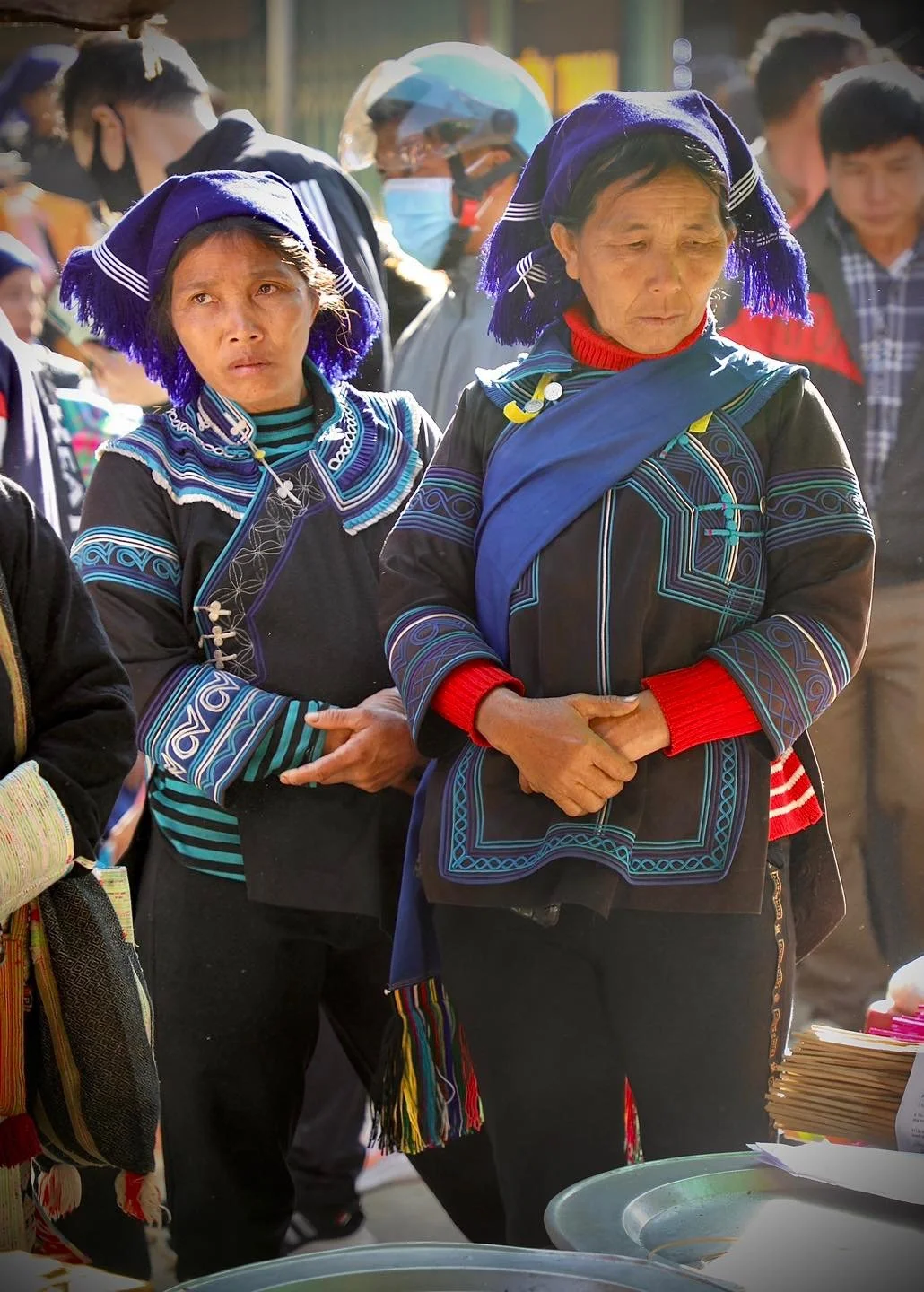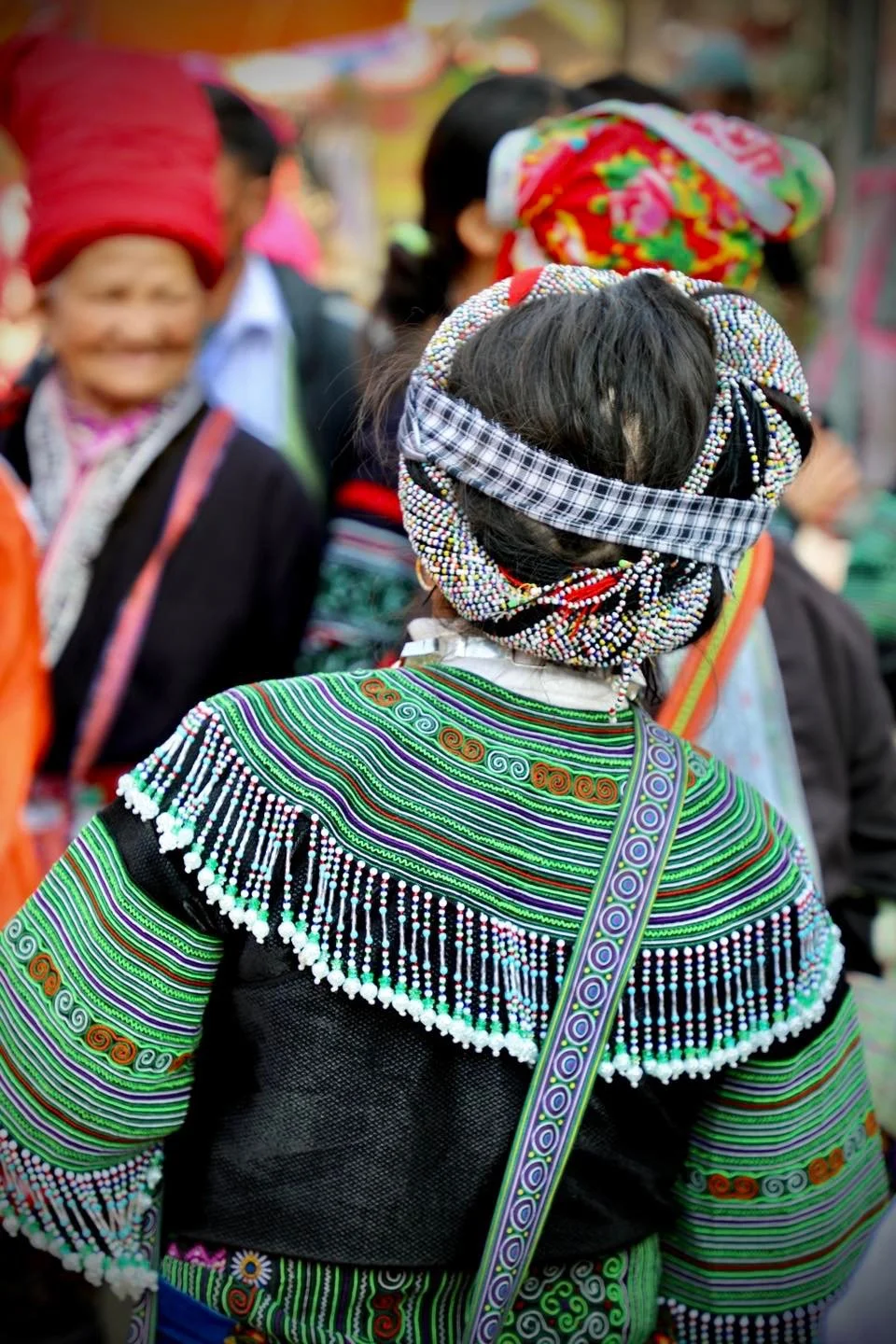Insights and Stories from Sapa and the Northern Borderbelt provinces of Vietnam.
The Heart of the Highlands: The Hmong and Their Water Buffalo
In the highlands of northern Vietnam, the Hmong share a close partnership with their water buffalo, animals that shape their fields, traditions and way of life.
Strength in the Fields
In the mist-covered highlands of northern Vietnam, water buffalo have long stood as steady companions to the Hmong people. They are not merely animals of burden; they are the pulse of rural life. Their strength and endurance make the cultivation of rice and corn possible on steep, uneven slopes where machinery cannot reach. When the plough cuts through the damp earth, it is guided not just by human hands but by a rhythm shared between farmer and buffalo, a quiet understanding built over generations.
For many Hmong families, the buffalo ensures survival. It provides the muscle for planting and the means to feed entire communities. In return, it receives careful attention, shade in the summer heat, clean water from mountain streams, and the steady hand of a child who guides it home at dusk.
A Living Symbol of Wealth and Honour
To own a water buffalo in Sapa is to hold both pride and security. Only about one in ten families in the district have the means to keep them, and for most, they are the most valuable possession they will ever own. Beyond their labour, buffalo represent wealth, stability, and prestige. Their presence at cultural rituals, particularly funerals, underscores their deep spiritual importance.
For the Hmong, the animal embodies prosperity and endurance. Its image appears in folk tales, songs, and embroidery patterns that tell stories of strength and loyalty. It stands as a quiet symbol of the patience required to live in harmony with the mountains.
Guardians of the Land
Between September and April, when the fields lie fallow, buffalo roam semi-wild across the forests and valleys of Sapa. As planting season approaches, they are brought back to graze under watchful eyes. Children often take on this role, herding the animals with laughter and care, ensuring they stay clear of the tender new shoots of rice and corn.
Families work together to protect them, repairing fences, building shelters, and collecting forage. It is a labour of respect, an act of reciprocity. The health of the buffalo is tied to the well-being of the family itself.
A Bond Beyond Work
It might sound strange to those who have never lived alongside them, but water buffalo are often treated as part of the family. They are spoken to softly, their moods understood, their habits anticipated. Farmers know the sound of their calls as well as their own children’s voices. When a buffalo falls ill, the worry is genuine, almost personal.
This bond is rooted in necessity, yes, but also in affection. Over time, work shared under sun and rain builds something deeper than utility. It becomes companionship, one that bridges the fragile line between human and animal.
The Spirit of the Mountains
In Hmong culture, the water buffalo stands as a reminder that strength is not loud or boastful; it is steady, enduring, and gentle when it needs to be. These animals carry the land’s memory in every step, shaping terraces, feeding families, and quietly weaving themselves into the rhythm of mountain life.
They are, in the truest sense, the heart of the highlands.
The Wisdom Keepers of ETHOS
The elders of Sapa hold stories that reach far beyond the trekking trails. Their knowledge shapes how we travel, learn and connect in the mountains.
When people ask what makes ETHOS different, we might talk about routes, homestays and workshops, yet the real answer sits deeper. Many of our experiences begin not with a map, but with a slow conversation beside a kitchen fire, shared with someone who has lived through almost a century of change in the highlands.
We call them our ETHOS elders. They are Hmong, Dao and neighbours from other ethnic groups, aged between 76 and 99. Some move slowly now, some stay close to home, yet their experience shapes almost everything we do.
Before Roads, Hotels and Tour Buses
A Valley With No Engines
If you stand on a ridge at dawn, watching the terraces shift from dark blue to gold, it is tempting to imagine that things have always looked this way. Our elders remind us that they have not. There were no cars in Sapa, no electricity humming through homes, no backpackers comparing trekking apps.
The houses were smaller and darker, lit only by torches or tiny oil lamps. Families grew almost everything themselves. Maize drying above the fire, a plot of rice clinging to a steep bank, simple greens plucked from the forest edge. Children learned not through textbooks, but through listening to stories told softly in Hmong or Dao.
Life was not easy, yet it felt anchored. Days followed farming rhythms. Nights followed the gentle hush of wind, rather than an electric buzz. The elders speak of it plainly, without romanticising or criticising, simply as a memory that still tastes real.
Living Through Change
Hunger, Conflict and Shifting Rules
Most elders have lived through events that younger people only study from a distance. Wars that moved through the border region. Long hungry months when harvests failed. New governments arriving with new expectations for how people should speak, dress and behave.
Some hid in forests during bombardments. Others sold heirloom silver jewellery to buy rice. Families relocated when valleys flooded or when land rights changed. They endured loss, uncertainty and constant adaptation, yet held on to language, ritual and textile knowledge with astonishing strength.
Their stories do not follow perfect timelines. One memory drifts into another. A tale about tending buffalo wanders into a reflection about how the forest once sounded thicker and more alive. History here behaves like fabric; it folds, layers and overlaps.
How Elders Shape Our Work
Guidance Beside the Fire
Before finalising any new route or community activity, we visit elders for advice. Sometimes we sit in courtyards surrounded by maize, other times in smoky kitchens where pots simmer quietly. There is usually tea and sometimes gentle teasing or blunt honesty.
An elder might explain that a beautiful waterfall should not be photographed in certain months, or that a particular forest is part of a clan’s spiritual world, so paths must avoid it. Another might ask us to consider an old settlement that could tell an overlooked story.
Outsiders might see only dramatic scenery, yet elders see boundaries, spirits, ceremonial sites and memories that cannot be found on a map.
Learning Through Presence
The Fire Becomes a Classroom
The most meaningful moments for guests often arrive when the trekking boots are off and daylight fades. An elder may unroll hemp cloth to demonstrate batik, explaining each motif and its link to fertility, weather or clan identity. The room becomes a quiet circle of shared listening, where even relatives pause to learn again.
Sometimes someone sings a courting song that no young person remembers. Other nights a shaman drum is brought out, its symbols fading yet still powerful. Silver jewellery is explained piece by piece, each item tied to marriage, birth or migration.
These are not staged performances. They are real exchanges that happen because trust exists and because elders have chosen to share knowledge that might otherwise fade.
Bridging Generations
Young Guides and Old Knowledge
Many of our guides are in their twenties or thirties. They speak multiple languages, use smartphones and connect with travellers easily. Elders watch this with pride and mild worry. They want progress, yet they fear the loss of language, motifs and ritual.
By inviting travellers to learn, elders see proof that their heritage still matters. After a storytelling session, an elder who began shy may end the evening animated and eager to share more next time. It becomes a small but powerful exchange between generations.
Ethics In Practice
Accountability Rooted in Respect
Elders help us stay grounded. They tell us when a trail must close or when a village needs rest from visitors. We follow their lead even when it disrupts plans, because ethical travel is not a slogan for us. It is a relationship that must remain alive, honest and humble.
Without elders, ETHOS would still exist, but the depth would be gone. We might still trek these mountains, but we would not understand their stories or their silences.
Final Thought
Community elders share history and remind us that culture is a living current, not an archive. It slows, bends and sometimes disappears, yet with attention it can keep flowing.
We walk with them not to preserve the past perfectly, but to let it breathe into the present, step by slow step, fire by fire, voice by voice.
Join our Team
If you would like your journey to be shaped by lived wisdom rather than standard itineraries, reach out and begin a conversation with our team. We will help you travel with intention, curiosity and respect.
Northern Vietnam’s Mountain Markets: Where Culture Comes Alive
Explore the mountain markets of northern Vietnam lively spaces where culture, colour and community meet. Discover why Sapa’s Sunday market is a hidden gem.
A Living Portrait of the Highlands
There are few better ways to understand the rhythm of life in northern Vietnam than by wandering through a weekly mountain market. These gatherings are more than trading places; they are meeting grounds for entire communities. From the first light of dawn, the valleys fill with movement, people walking for hours along steep tracks, horses carrying bundles of herbs and woven baskets, the air thick with the scent of grilled corn and freshly cut bamboo.
Markets in the highlands are living, breathing portraits of culture. They are where stories are exchanged as freely as goods, where a smile or a gesture can bridge the gap between strangers, and where traditions that have endured for centuries still unfold in the open.
The Pulse of the Hills
The larger, more established markets draw crowds from the surrounding villages. Visitors often arrive in their finest embroidered clothes, patterns gleaming in the sunlight. Here, they sell or trade livestock, handwoven textiles, traditional medicines, foraged herbs, wild honey, and freshly harvested fruits and vegetables. The soundscape is a mix of conversation, bargaining, laughter, and the rhythmic clatter of hooves on stone.
Markets such as Bac Ha and Dong Van have become well known to travellers for their scale and colour. They remain impressive, no doubt, but sometimes the smaller, quieter places hold the deepest charm.
Sapa’s Hidden Gem
The Sunday market in Sapa is one of those gems that travellers too often overlook. Nestled among misty hills, it remains one of the most authentic and characterful ethnic markets in northern Vietnam.
Arrive early, ideally between 7am and 11am, when the morning is at its most vibrant. The stalls brim with life, bright woven skirts, silver jewellery, baskets of mushrooms and wild ginger, and steaming bowls of noodle soup shared over laughter.
The market is a meeting point for the Black Hmong, Red Dao, and Giay communities. On most weekends, Tay and Thai villagers make the journey too, adding to the lively mix of languages, colours, and customs.
The best times to visit are during the post-harvest months (September) and before Tet New Year (late January), when people travel from afar to trade, prepare for celebrations, and reunite with friends and relatives.
More Than a Market
To wander through Sapa Market is to witness a beautiful balance between change and continuity. While modern influences have inevitably crept in, with plastic goods beside handwoven cloth and the occasional smartphone flashing among the stalls, the heart of the market remains unmistakably traditional.
What makes it so special is not the transaction but the atmosphere. It is the way a Dao woman adjusts her headdress in a polished mirror, or how a Hmong grandmother laughs as a grandchild tries to carry a basket twice their size. These small moments capture something more meaningful than any souvenir ever could.
Visiting Responsibly
As with all cultural encounters, mindful travel matters. Ask before taking photographs, buy directly from the artisans, and avoid overbargaining. A respectful exchange is part of what keeps these markets alive, ensuring that local people benefit from the growing interest in their craft and culture.
ETHOS encourages visitors to see markets not as attractions but as invitations, opportunities to slow down, listen, and learn.
For those drawn to authenticity, Sapa Market remains one of northern Vietnam’s most genuine and rewarding experiences. It is a window into community, resilience, and the enduring artistry of mountain life.
Learn more about exploring Vietnam’s northern markets with purpose and respect at ETHOS Spirit of the Community.
Photo Credit: Lý Cha
The Beautiful Mystery of Blonde Hair Among the Hmong
High in the mountains of Southeast Asia, some Hmong children are born with naturally light brown or blonde hair. Science has yet to fully explain this beautiful mystery.
A Rare Sight in the Mountains
The Hmong people live across the highlands of Vietnam, Laos, Thailand and southern China. Their culture is known for its vibrant textiles, farming traditions and deep connection to the mountains they call home. Dark hair is the most common trait within these communities, which makes it even more surprising when a child appears with naturally light brown or even blonde hair.
The photographs above show several Hmong children with strikingly fair hair. Their colouring often catches visitors off guard, as it stands out against the more familiar dark tones seen across the region.
What Causes the Lighter Hair?
The exact reason for lighter hair in some Hmong people is still unclear. Scientists believe it may be linked to unique genetic variations passed through certain family lines. Similar traits have been observed in other isolated communities around the world. However, there has not yet been enough research to determine the precise cause within the Hmong population.
What is certain is that these features occur naturally. The hair often darkens with age, yet in childhood it creates a captivating contrast that draws curiosity and admiration.
More Than Just a Genetic Puzzle
While genetics may offer one part of the answer, the real beauty lies in the way these children carry their heritage with pride. Whether in traditional embroidered clothing or simple school uniforms, their presence is a reminder that culture is not defined by appearance alone.
Each face tells a story of mountain life. Fields, forests and open skies shape their daily world far more than hair colour ever could.
A Living Reminder of Diversity
The Hmong community continues to surprise and inspire. Their traditions remain strong, even as science works to understand the rare traits found among them. Until more studies are done, the blonde hair seen in these villages will remain one of nature’s quiet wonders.
Is There Still a Real Sapa? Discover ETHOS Responsible Adventures
Sapa is more than cable cars and crowds. With ETHOS, discover a real, living culture through trekking, homestays and community-led adventures.
Is There Still a Real Sapa?
When people imagine Sapa, the images that come to mind are cable cars, rollercoasters, glass bridges and crowds jostling for photos. These places dominate Google searches and Instagram feeds, yet they reveal little of what the land and its people truly have to share. So the question remains: is there still a real Sapa?
Beyond the Tourist Trail
At ETHOS, we work side by side with Hmong, Dao and other ethnic communities who have lived in these mountains for generations. Our partners are farmers, storytellers, artisans and community leaders. Together we offer something different. Trek through quiet valleys and rice terraces, cook over open fires, weave and dye with natural indigo, and share stories in homestays where traditions are alive.
The Challenge of Mass Tourism
Tourism brings opportunity, but it also brings risk. When most visitors follow the same routes, culture can shift from lived reality to staged performance. Authenticity is easily lost. We believe in slowing down, in building connections rather than consuming spectacles. Every trek, every workshop, every homestay is rooted in trust, respect and genuine exchange.
Real Connections, Real Impact
These experiences are not for everyone. They appeal to the curious, the adventurous and the socially minded. They are for travellers who want to understand how Hmong women are reclaiming stronger voices through guiding, weaving and tourism. They are for those who want to see how traditional knowledge and creativity are shaping futures for families and communities.
Guests’ Reflections
Again and again, our guests tell us that this is the real Sapa. Their experiences are richer, more rewarding and often life changing. Yes, you can take the cable car if you wish, but if you are seeking something deeper, it is here, waiting.
A Thoughtful Invitation
If this resonates with you, we invite you to travel thoughtfully. Walk with open eyes, listen with an open heart, and discover Sapa not as a product, but as a living place.


